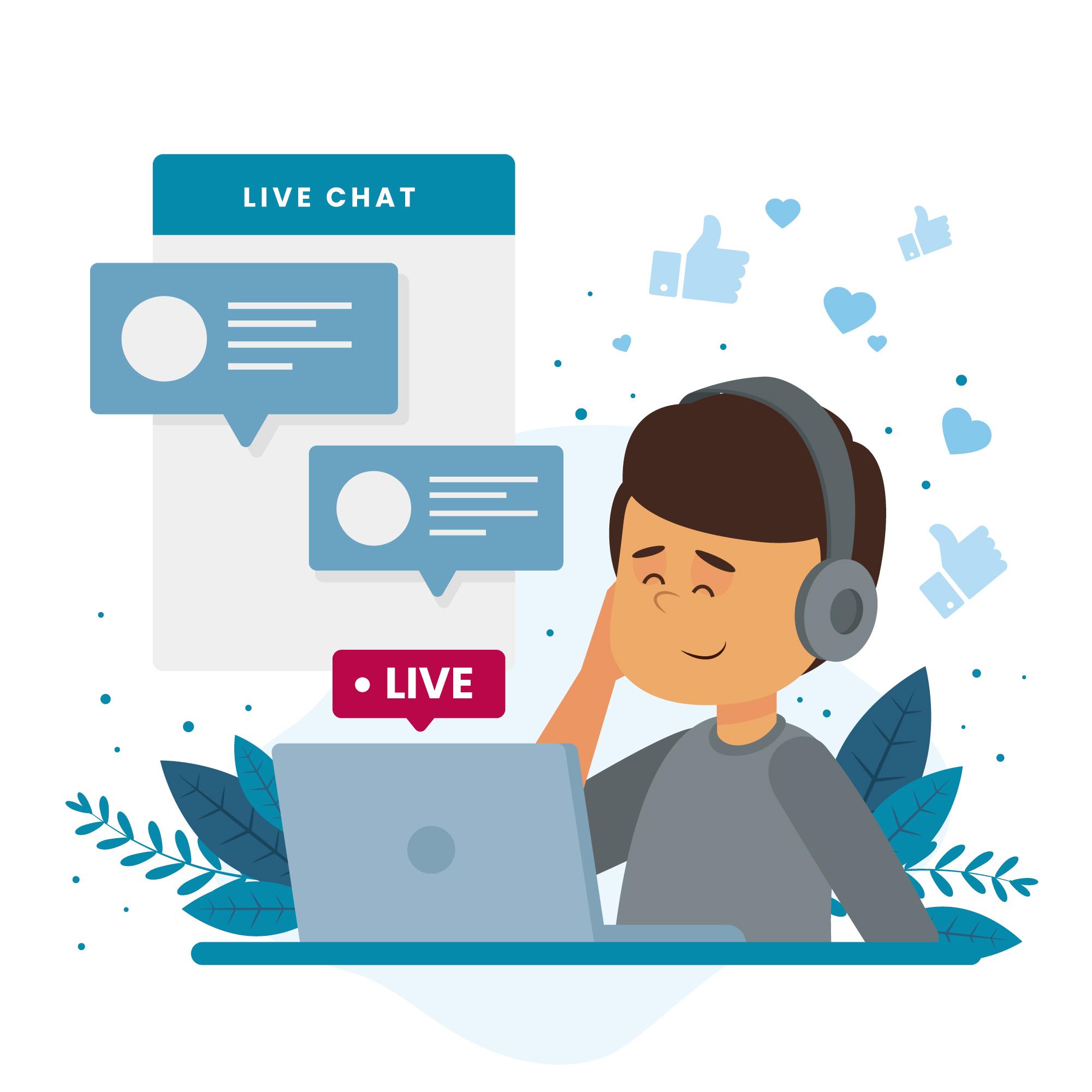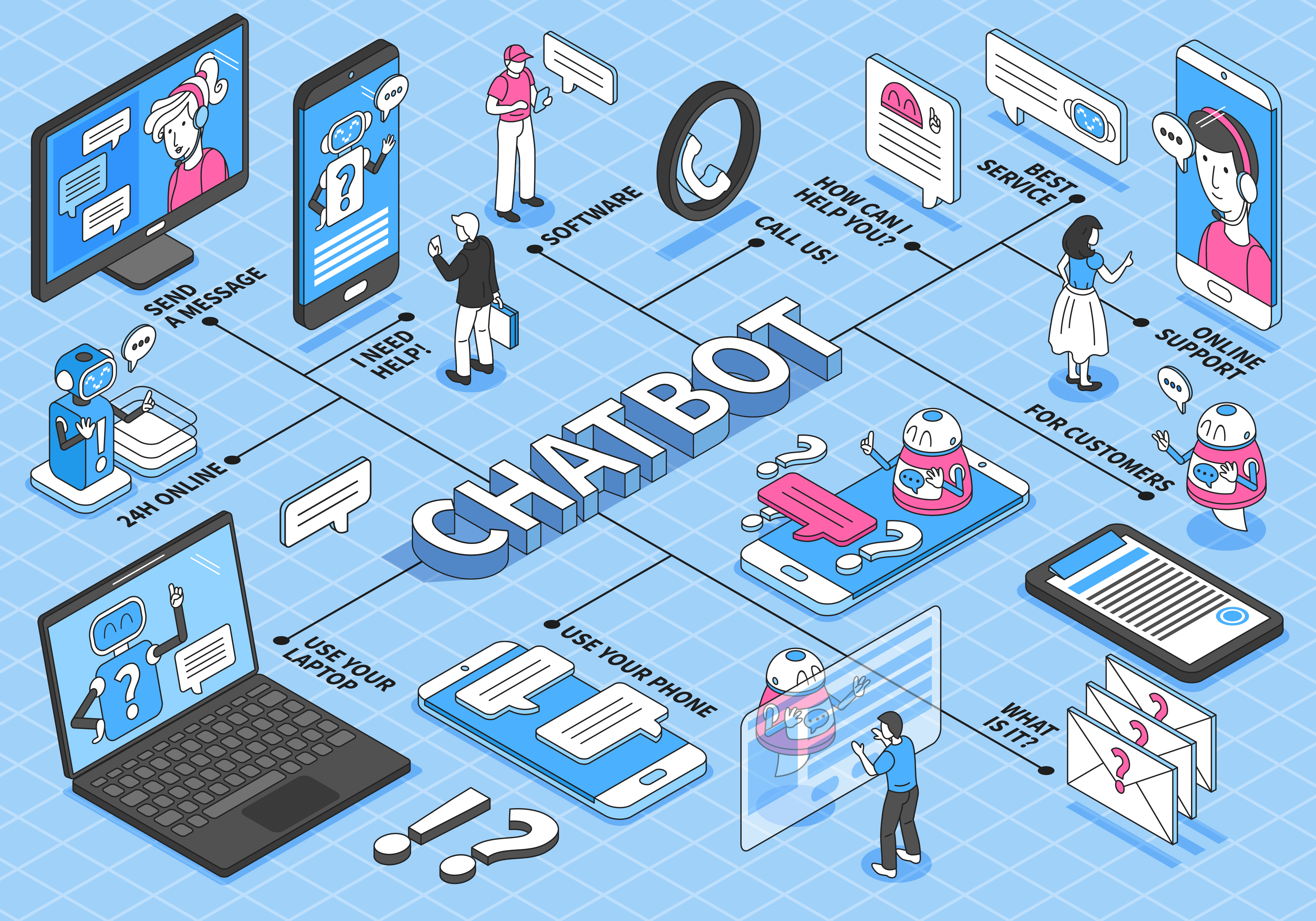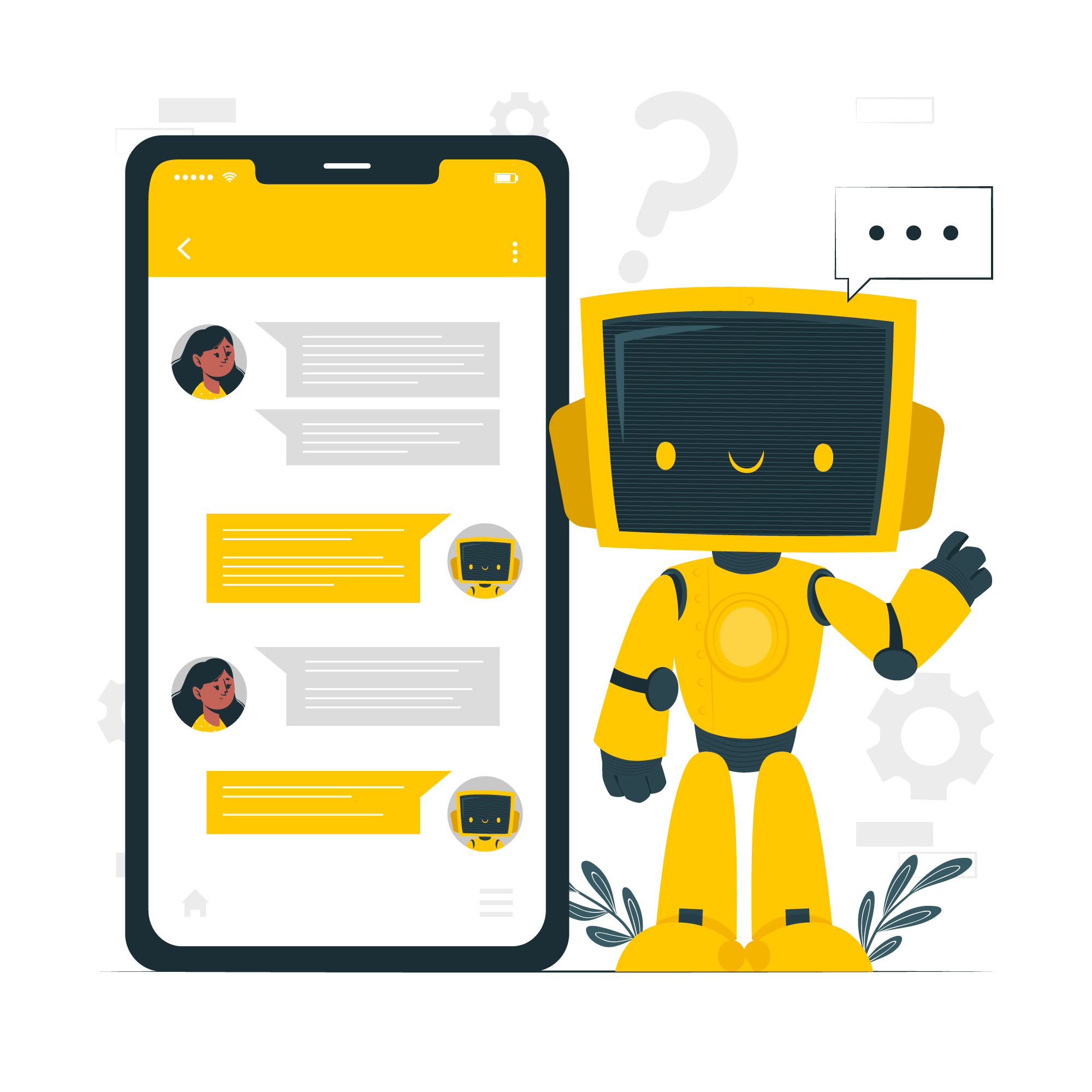As businesses continue to move online, providing excellent customer service is becoming more and more crucial. One of the best ways to improve customer service and increase sales is by implementing a live chat system on your website. Live chat allows customers to quickly and easily connect with your business, ask questions, and get the help they need.
There are many live chat systems available in the UK, each with its own set of features and benefits. In this article, we’ll explore ten of the most popular live chat systems that businesses in the UK might consider.
LiveChat
LiveChat is a user-friendly live chat system that offers real-time chat, chatbots, and co-browsing. With LiveChat, you can easily customize the look and feel of your chat widget to match your brand. LiveChat also offers a range of integrations, including with popular CRM software like Salesforce and HubSpot, as well as eCommerce platforms like Shopify and WooCommerce.
Intercom
Intercom is a popular live chat system that offers a range of features, including live chat, email, and social media messaging. With Intercom, you can easily track and manage all of your customer interactions in one place, making it easier to provide a consistent and personalized experience. Intercom also offers a range of integrations, allowing you to connect your live chat with other tools like CRM software or help desk software.
Zendesk Chat
Zendesk Chat is a powerful live chat system that offers a range of features, including real-time chat, chatbots, and proactive messaging. With Zendesk Chat, you can easily manage all of your customer interactions in one place, making it easier to provide personalized support. Zendesk Chat also offers a range of integrations, including with popular CRM software like Salesforce and HubSpot.
i-genie
I-Genie is a UK-based provider of live chat and online customer engagement solutions for businesses. The company offers a range of services, including live chat, chatbots, co-browsing, and video chat, as well as integrations with popular CRM and helpdesk software. One of the unique features of I-Genie is its team of experienced live chat operators, who can provide a fully managed live chat service for businesses that want to outsource their customer service.
Tawk.to
Tawk.to is a free live chat system that offers real-time chat, ticketing, and video chat. With Tawk.to, you can easily customize the look and feel of your chat widget to match your brand. Tawk.to also offers a range of integrations, including with popular CRM software like Salesforce and HubSpot.
Pure Chat
Pure Chat is a simple and easy-to-use live chat system that offers real-time chat and chatbots. With Pure Chat, you can easily customize the look and feel of your chat widget to match your brand. Pure Chat also offers a range of integrations, including with popular CRM software like Salesforce and HubSpot.
Olark
Olark is a popular live chat system that offers real-time chat, chatbots, and co-browsing. With Olark, you can easily customize the look and feel of your chat widget to match your brand. Olark also offers a range of integrations, including with popular CRM software like Salesforce and HubSpot.
ClickDesk
ClickDesk is a powerful live chat system that offers real-time chat, chatbots, and video chat. With ClickDesk, you can easily manage all of your customer interactions in one place, making it easier to provide personalized support. ClickDesk also offers a range of integrations, including with popular CRM software like Salesforce and HubSpot.
Freshchat
Freshchat is a user-friendly live chat system that offers real-time chat, chatbots, and proactive messaging. With Freshchat, you can easily customize the look and feel of your chat widget to match your brand. Freshchat also offers a range of integrations, including with popular CRM software like Salesforce and HubSpot.
Comm100 Live Chat
Comm100 Live Chat is a comprehensive live chat system that offers real-time chat, chatbots, and co-browsing. With Comm100 Live Chat, you can easily manage all of your customer interactions in one place, making it easier to provide personalized support.








